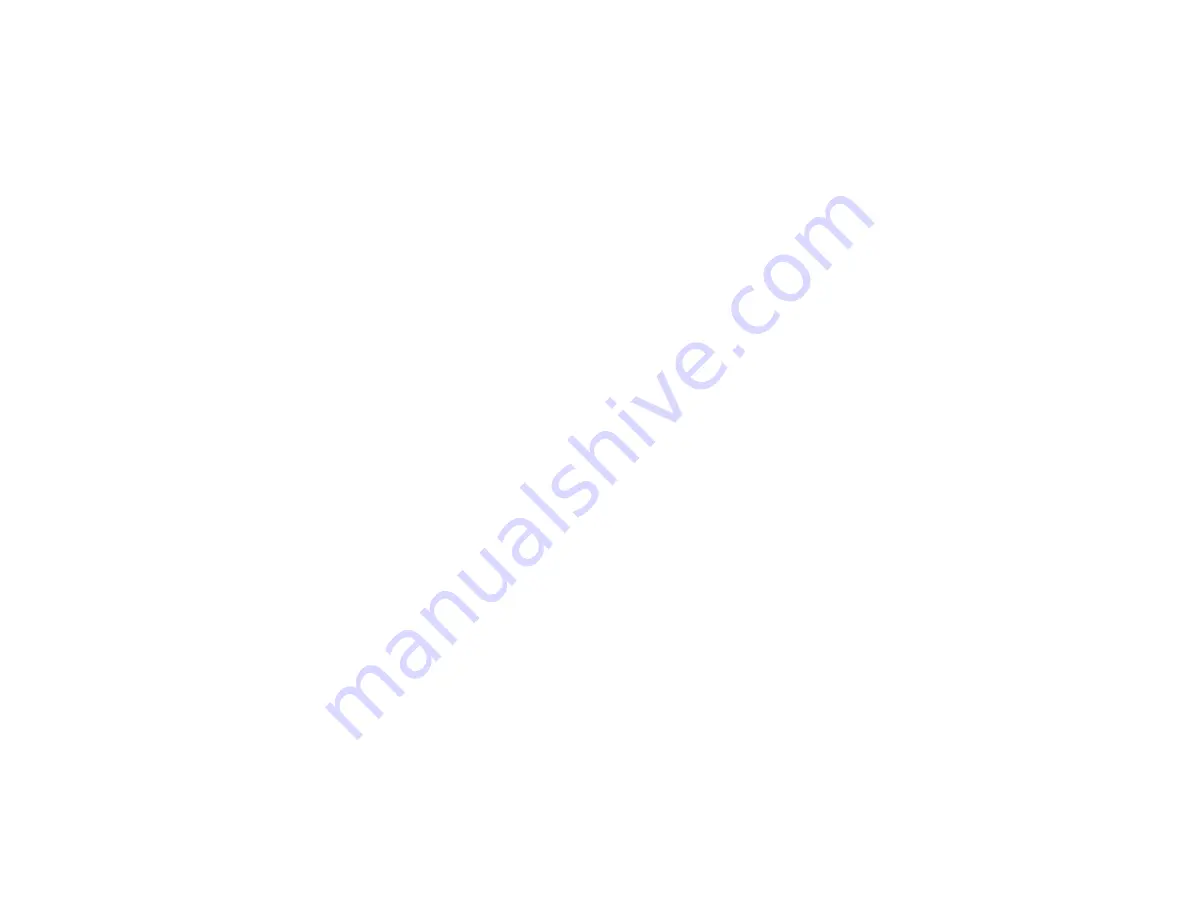
Breakdown
If the current supply to the cabinet has been disconnected it should not be reconnected until 6
minutes have elapsed. Unless the delay is observed, the compressor will not be able to start.
The cabinet has been thoroughly tested prior to shipment however if breakdowns occur please
check the following points first:
1. Is the main current disconnected?
2. Has the circuit or fuse blown?
3. Has the main switch been switched on?
4. Is the plug inserted correctly in the outlet?
5. Is the thermostat button set correctly?
Other Problems:
Compressor not running
Has it been switched off at the main current?
Has the circuit or fuse blown?
Is the outlet switched on?
Is the plug properly in place?
Temperature too high
Is the thermostat correctly adjusted?
Is the frost layer too thick?
Thermostat can be adjusted to a lower temperature
using the instructions in section
Use.
Compressor not running
Is the thermostat correctly adjusted?
Is there ample air circulation around the unit?
Is the ambient temperature too warm?
Thermostat can be adjusted to a lower temperature
using the instructions in section
Use.
If you have checked the above points and the appliance is still not working satisfactorily, please
contact your authorized service agent.
Light Replacement
Disconnect the unit before removing and replacing the inside light.
Disposal
It is the responsibility of the owner of the appliance to ensure that the disposal of the appliance
is carried out in accordance with safety and environmental requirements. Doors should be
removed and together with any locking device be disposed of separately from the appliance.
The refrigeration system should be removed by an authorized refrigeration service. Components,
including refrigerant and compressor oil should be sent to a recyclng center.
The equipment is intended for use in an area where the environmental conditions are
controlled and maintained so that the ambient temperature typically does not exceed 80ºF.
Maintenance
A layer of frost gradually forms inside the cabinet. When the frost layer is 1/8” deep it should be
scraped off using a plastic or wooden scraping implement and removed from the cabinet without
switching off. The cabinet is then ready for use again. If the cabinet is dirty inside, it should be
switched off and unplugged so the layer of frost can melt before cleaning commences.
Do Not Drill Holes in Cabinet
Refrigeration tubing and wiring is routed through the cabinet walls. Leaks, wet insulatin or
electrical problems caused by drilled holes are not covered by warranty.
General Instructions
Carefully examine the cabinet for shipping damage before discarding the packing material. If
damage is found, contact the delivery carrier immediately and have their agent prepare an
inspection report for the purpose of registering a claim. THIS IS YOUR RESPONSIBILITY!
Positioning
The cabinet should be positioned on a firm, flat base and must not be exposed to direct heat
from radiators, sunlight or other sources of heat. The cabinet emits heat while it is running, and
this heat is expelled through the black grating at the back of the cabinet. Consequently there
must be a gap of at least 4” behind the cabinet. If the cabinet is placed in a recess, placed
beneath a working surface, etc. there must be a gap of at least 4” behind and above the cabinet.
The cabinet must not be placed on the floor.
Use
Before using the appliance, it should be cleaned. A weak solution of soapy water is recommended.
Scouring powder must never be used.
Temperature setting is the only operation needed. The temperature can be adjusted by using the
thermostat button at the back of the cabinet. Place a thermometer approximately 4” inside the
cabinet on the top shelf and check the temperature once it has reach a stable level. Turn the
thermostat button clockwise if the temperature is too high or counterclockwise if the temperature is
too low.
This equipment is intended for the storage and display of non-potentially hazardous packaged
ice cream and packaged frozen food.
Electrical Requirements
The power supply to the cabinet must conform to all national and local electrical codes. A
separate circuit is recommended for each cabinet to prevent loss of product if another appliance
on the same circuit causes supply failure.
NOTE: The supply voltage must not vary more than 10% from that shown on the data plate
located on the back side of the cabinet. If there is any doubt, contact an authorized electrician.
Warning
Before removing the plate to the compressor compartment, switch off the appliance and remove
the plug from the outlet. In the interest of safety, the appliance should only be serviced by
authorized persons. The manufacturer will not accept responsibility for any injuries or damage
sustained due to unauthorized service or alterations to the appliance.
WARNING
Closed containers with fluids containing carbon dioxide must not be put into the freezer as they
may explode. Popsicle must not be consumed immediately after they are taken out as they
may injure the lips.
Operation
Temperature setting is the only operation needed. The temperature can be adjusted by using the
thermostat button at the back of the cabinet. Start by positioning to number 5 on the thermostat
button opposite the hole in the plate. Place a thermometer approximately 4” inside the cabinet
on the top shelf and check the temperature once it has achieved steady conditions. Turn the
thermostat button clockwise if the temperature is too high or counterclockwise if the temperature
is too low.
Switching On
Before switching on, the cabinet should be cleaned. Use normal, water soluble agents suitable
for internal cleaning purposes. Once the cabinet has reached the required temperature it is ready
for use. Do not place product further forward than the front edge of the shelves. If you want to
keep the light on please turn on the light switch.
SCTF Series - Countertop Freezers
OWNERS MANUAL




















